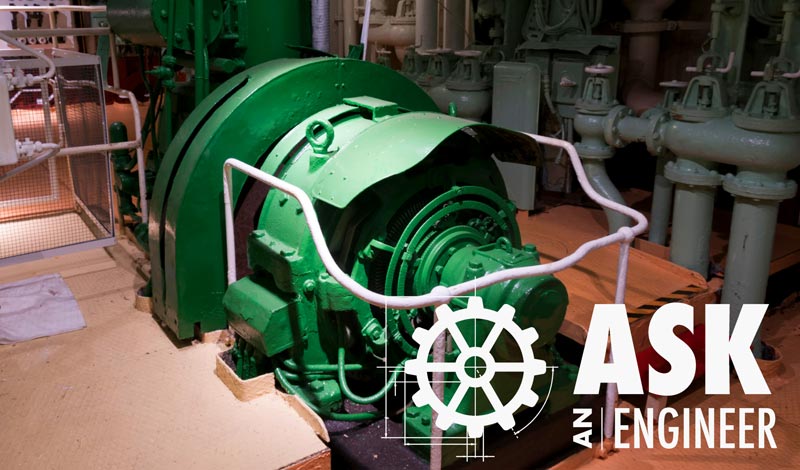Will installing a variable speed drive on an air compressor reduce peak demand?
Installing a variable speed drive (VSD) on a compressor motor will not significantly affect peak demand. However, VSDs can reduce maintenance costs and provide energy savings in applications with variable torque loads by reducing motor speed and power consumption.
A VSD can reduce the inrush current of a motor that can consume up to five times the normal operating kilowatts (kW). Electric demand is measured and billed in 15- to 30-minute increments. The impact of the inrush current only lasts for a few seconds (during motor startup) and has little significance over a peak demand period.
The reduction in inrush current, or soft start, caused by a VSD can protect the motor against over- and under-voltage conditions, and eliminate the high impact or jerk starts that cause mechanical failure. This may reduce maintenance costs and potential damage to the motor.
The advantage of the VSD with regard to energy savings is that the motor horsepower is reduced significantly at lower airflow speed. Therefore, VSDs are ideal for motors driving variable torque loads, like those found in variable flow applications, especially where torque increases with speed.
Although a VSD can significantly decrease energy consumption, it probably will not do so all the time. If there is any 15-minute demand period in a month when all motors are operating at peak output, then your monthly peak demand charge will probably not change.
